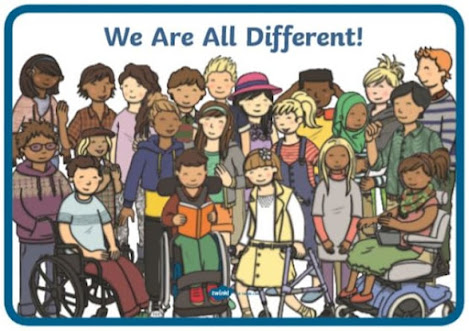First Things First: Start with Tiny Steps
All schools highly value an improvement of their students’ academic skills. However, how can we do so? Of course, practical and organizational strategies are needed, such as hiring more teachers who can teach English as Second Language, but there is a thing that everyone, including board members and teachers, can start in every educational setting today. The key is inclusion. Inclusive Schools Network (2015) says, “Together we learn better”. If all students are successfully included in the classroom and all the students help each other, there are many benefits that will improve not only the immigrant students’ but also all of the students’ academic performance. For example, a teacher and classmates can have honest conversations about everyone’s differences, such as abilities, backgrounds, and more (Inclusive Schools Network, 2015). This will allow all students to understand each other well even though some of the students exhibit unexpected behaviors. This will also allow each student to feel truly accepted in the classroom, and that will facilitate their better concentration on academic tasks as well. Also, when all students in the classroom get along well, they are more likely to share beneficial resources or teach each other when some of the students are struggling (Inclusive Schools Network, 2015).
I cannot succeed in making inclusive classrooms by myself. I need schools’ support to make inclusive classrooms and therefore close the achievement gap between immigrant students and US born students in the future.
Call their real names. — This is one of the first and smallest steps that every educator can do today. Immigrant students often have unique names that are difficult to pronounce for American people, and many people try to give them American nicknames that everyone can pronounce easily. It is totally okay to give them nicknames if they are really comfortable with it and if that facilitates their smoother relationships with others, but please remember that they have beautiful names that represent their cultures and their parents gave them with love. Please try calling their real names first before easily giving up and asking if they have nicknames. This is a tiny step, but tiny steps will make huge differences in immigrant students, and they will make huge differences in education as a whole in the future.
Information References
Camera, L. (2016). The increase of immigrant students tests tolerance. U.S. News. https://www.usnews.com/news/blogs/data-mine/articles/2016-01-05/number-of-immigrant-students-is-growing
Inclusive Schools Network (2015). Together we learn better: Inclusive schools benefit all children. https://inclusiveschools.org/together-we-learn-better-inclusive-schools-benefit-all-children/
Murphey, D. (2014). The academic achievement of English language learners. Research Brief. Child Trends. https://www.childtrends.org/wp-content/uploads/2015/07/2014-62AcademicAchievementEnglish.pdf
Media Reference



Comments
Post a Comment